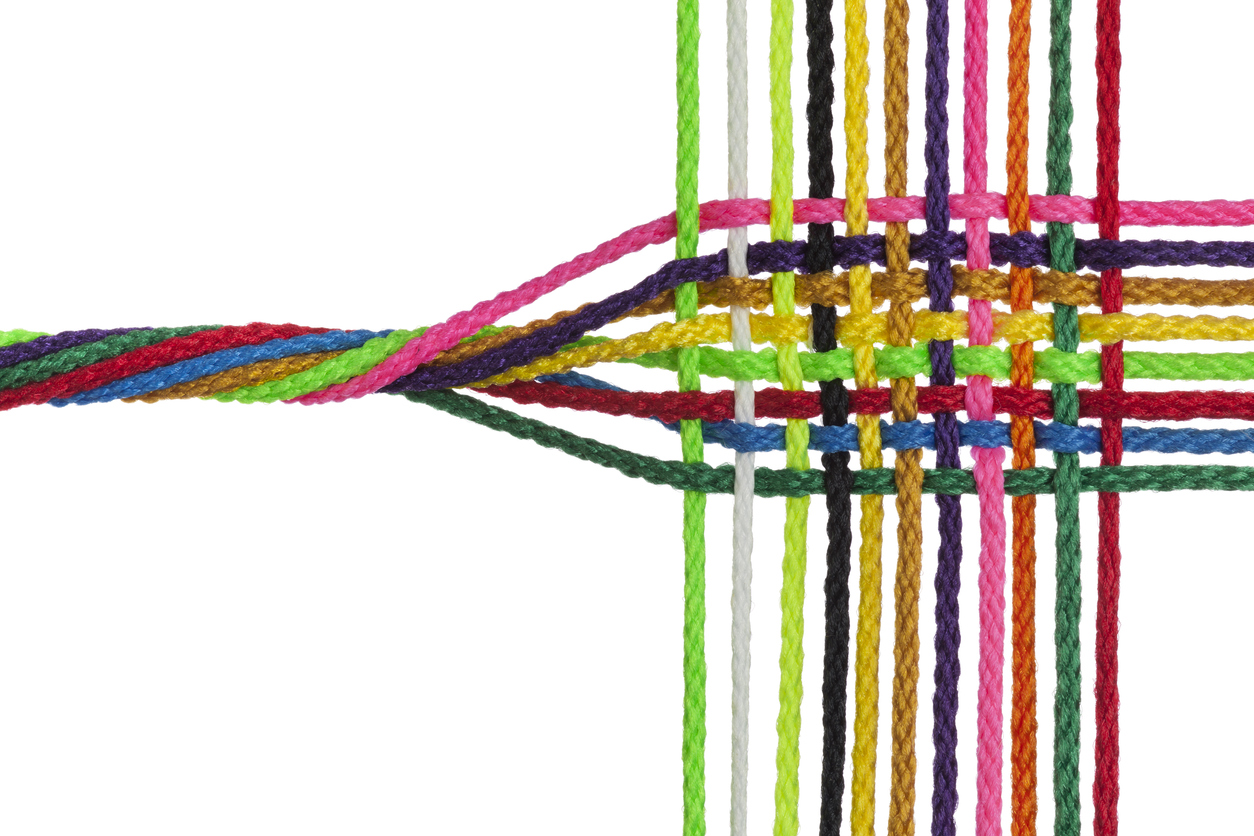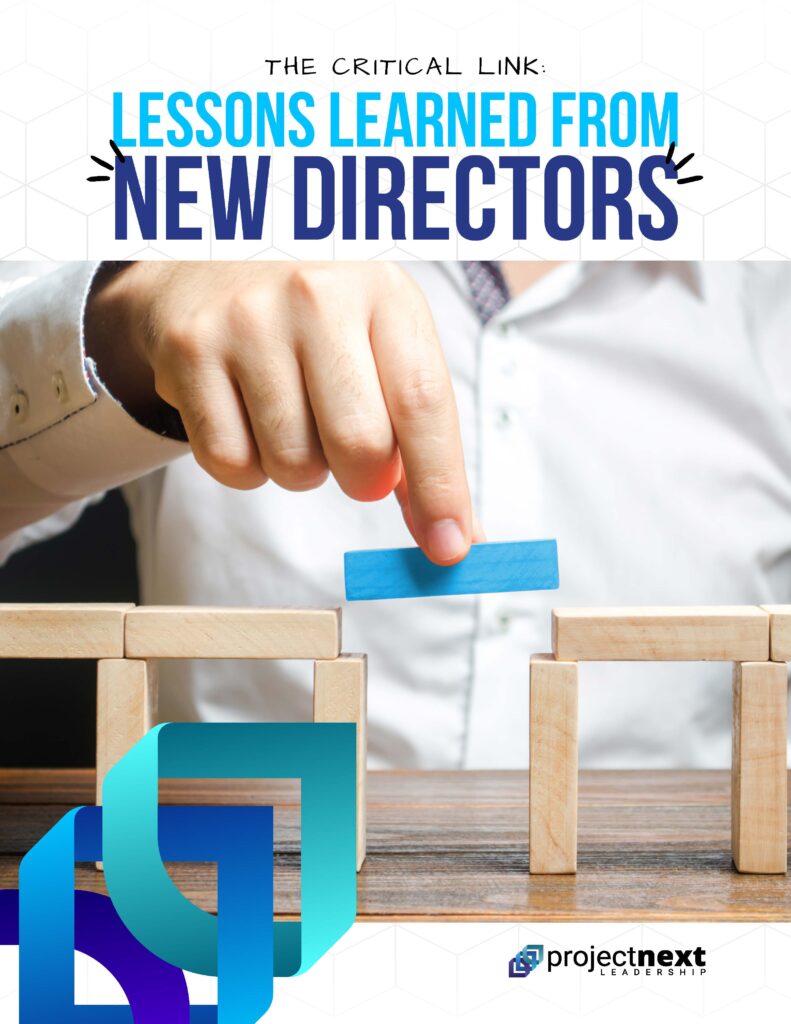“We use the ‘good luck’ strategy for our executive development – we promote them and say, ‘good luck!’” – Refreshingly honest Vice President, Talent for Professional Services Firm
Let’s make 2021 different. This year we will improve the strength and diversity of our senior leader ranks by proactively developing Directors and VPs to lead in these complex times. Let’s make this the year that we kick the ‘good luck’ executive development strategy out the door and stop relying on chance as our main strategy to prepare this critically important group.
How do we fundamentally improve senior leadership horsepower? And what’s unique about developing leaders at the Director and VP levels that differs from developing lower-level managers?
The leadership development industry has traditionally used two distinct methods to prepare leaders: cohort based leadership programs and individual coaching. But we have found that long-term “hybrid” programs that offer the individualized development of coaching, plus the peer collaboration of cohort programs, create dramatic growth experiences for Directors and VPs.
Here are key components to make a hybrid program for senior leaders succeed.
Senior-level Content: High impact senior leadership roles are different than lower-level roles. High impact leaders must shed habits that have worked before (such as a “hands-on approach” to getting things done), and embrace new styles and techniques that may not be comfortable (such as giving an inspirational talk at an all-hands meeting). Focus senior-level hybrid programs on the specific needs and challenges of leaders in these higher-level roles. Assess them on those skills, and design components that “put some heat” on the leaders to step up in new ways. Enable them to get feedback in a dress rehearsal setting before they have to appear on the main stage. A lecture-heavy executive education program by itself will not change behaviors or move the needle on performance.
Peer Coaching and Connection: Gone (for now) are the days of multi-day offsites for high potential leaders. But the key intention behind these programs is still highly relevant: to promote connection among the cross-functional leaders nominated to attend. Participating in cohort learning with leaders from other functions, geographies or business units in a low-risk learning environment leads to a better understanding of other perspectives. These insights are critical to improving the cross-functional influencing skills needed at senior levels. Use intentional design to create an atmosphere of authentic discussion on critical topics, leading to more trust and innovation and faster decision-making. Resist the temptation to pack in as much “learning” as possible, since that usually means more lectures and models, and less time for connection and high-level discourse that is actually much more impactful at this level.
Individual Focus: We have found that combining individual coaching with peer learning is a powerful recipe for behavior change. When coaches provide and work with data-driven feedback with each leader individually, it allows participants to increase their self-awareness, actively build on their strengths and shore up other areas. Regular check-ins with a coach and support from a manager keep attention on making progress on development goals. For example, a senior director in a current ProjectNext Leadership 4-month cohort program has identified improving cross-functional influencing skills as a key growth goal. The goal came out of a 360 debrief with the coach. The leader worked on stakeholder mapping in a cohort session, benefitting from peer coaching on some new stakeholder strategies. The coach then checked in multiple times as the leader tried some new approaches, ultimately leading to key breakthroughs.
Time-lapse Design: There is a natural pressure leaders experience to focus on what’s urgent in the moment over what is important over a longer time. When designing a senior program that will span several months, there are challenges to keeping the group connected, keeping the topics focused, and prioritizing showing up (in both body and mind) for the cohort and individual sessions. However, a longer time horizon is critical to give time to experiment, debrief, and try again. In order to make a longer-term design work, sponsor and/or manager support are key. Articulating nominating criteria that include ”motivated in their own personal development” helps ensure that companies are investing in leaders with a growth mindset who are likely to take full advantage of the opportunity for development. Meaningful group action-learning projects and pod-based connections are also useful components to keep leaders engaged over time.
Hybrid leadership programs at senior levels are hugely impactful when done with intention and integration of multiple methods. The pay-off is a ready group of leaders who recognize that their organization has invested in them, who have developed key capabilities and self-awareness, and who have developed stronger ties to their cross-functional peers.
2020 taught us (again) that leadership matters. Let’s make 2021 be the year that we invest in the key talent we need for our organizations to thrive by developing senior leaders in ways that truly move the needle.




